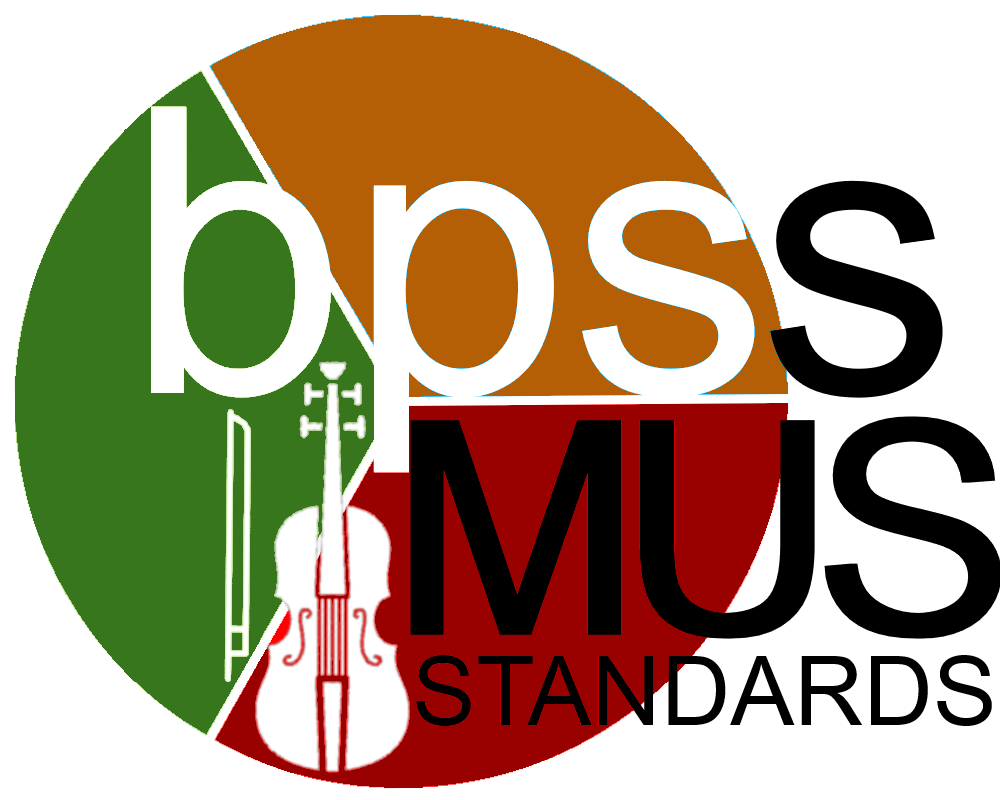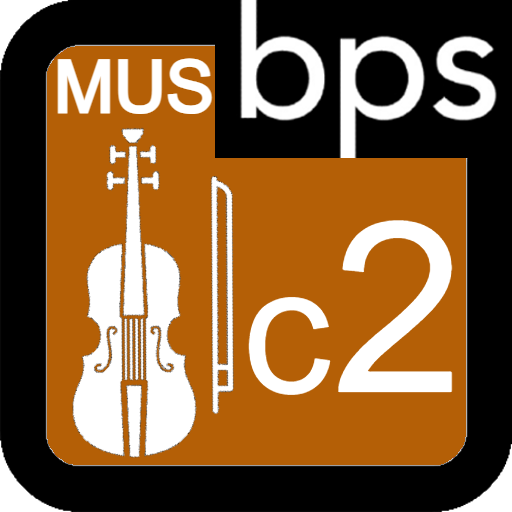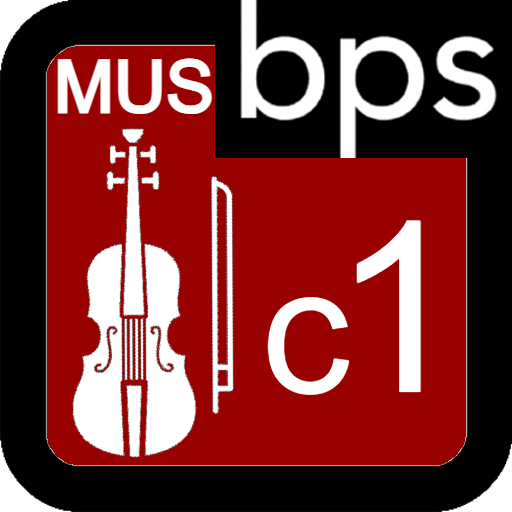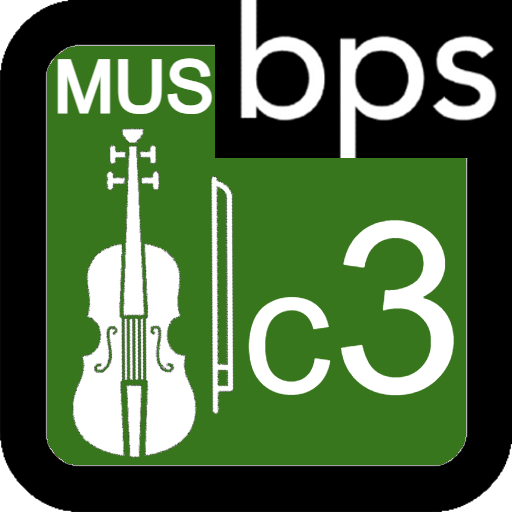MUS-04.c2
 MUS-04.c2
MUS-04.c2 Category

|
(c2) Category 2: Musicianship Skills and Knowledge
The elements such as understanding of rhythms, aural skills, note-reading skills, etc., that relate to musical understandings.
|
MUS-04.c2.A
Tonal Aural Skills and Ear Training |
MUS-04.c2.B
Rhythmic Aural Skills and Ear Training |
MUS-04.c2.C
Creative Musicianship |
| Students demonstrate the following abilities: matching and manipulating pitch, playing with a sense of tonality, tonal-melodic and tonal-harmonic function (horizontal/vertical relationships/functions of tonality), ear-to-hand skills, aural and kinesthetic
awareness of pitch accuracy and intonation, including and related to improvisation. |
Students perform simple and complex rhythm patterns/functions, with stray pulse/beat, correct sense of meter, metric organization and phrasing, in a variety of meters. |
Students demonstrate creative musicianship skills at all stages of development, including the ability to improvise variations of rhythmic, melodic, and harmonic patterns, within the traditions and standards of a variety of genres and practices:
arrange and compose melodies and harmonies according to specific criteria and guidelines. |
MUS-04.c2.D
Music Literacy |
MUS-04.c2.E
Ensemble Skills |
| Students demonstrate sequential music literacy skills (decoding and comprehension), defined as an association of sound-to-symbol, in a given musical context, which includes: predictive components (understanding of reading based on audition of written
material) and knowledge of symbols and notation related to pitch, rhythm, dynamics, tonality, clef, articulation, etc.) based on the principle that sound comes before sight.
|
Students perform in an ensemble, demonstrating sensitivity and the ability to adjust and maintain a uniform sense of rhythm, tempo, articulation, tone, blend, balance, and dynamics; understand conducting gestures, follow conductor and section leader,
and are able to synchronize bowings. |
Calculations
Categories are larger groups of related standards. The category grade is a calculation of all the related standards. Click on the standard name below each category to access the learning targets and rubrics/ proficiency scales for individual standards within the category. |
|
MUS-04.c2.A

|
4th Grade (MUS) Targeted String Standard
(c2) Category 2: Musicianship Skills and Knowledge
(A) Tonal Aural Skills and Ear Training
Students demonstrate the following abilities: matching and manipulating pitch, playing with a sense of tonality, tonal-melodic and tonal-harmonic function (horizontal/vertical relationships/functions of tonality), ear-to-hand skills, aural and kinesthetic awareness of pitch accuracy and intonation, including and related to improvisation.
|
 Proficiency Scale Proficiency Scale
Learning Targets
- 1.1 Students perform, by ear, melodic tonal patterns (simple patterns and melodies within a tetrachord), in major and minor tonalities (vocally, pizzicato, and/or arco; neutral syllable, then solfege).
- 1.2 Students identify whether two performed melodic tonal patterns are the same or different.
- 1.3 Students correctly associate the words high and low with relative pitch differences (e.g., with the use of Curwen hand symbols and vocal solfege).
- 1.4 Students correctly identify the direction of melodic motion (with a tetrachord).
- 1.5 Students alter melodies and harmonies (major-to-minor, minor-to-major).
- 1.6 Students perform, by ear, primary (tonic and dominant) harmonic tonal patterns (vocally, pizzicato, and/or arco; neutral syllable, then solfege).
- 1.7 Students improvise (vocally, pizzicato, and/or arco) melodic tonal patterns (within a tetrachord; neutral syllable, then solfege).
|
|
MUS-04.c2.B

|
4th Grade (MUS) Targeted String Standard
(c2) Category 2: Musicianship Skills and Knowledge
(B) Rhythmic Aural Skills and Ear Training
Students perform simple and complex rhythm patterns/functions, with stray pulse/beat, correct sense of meter, metric organization and phrasing, in a variety of meters.
|
 Proficiency Scale Proficiency Scale
Learning Targets
- 1.1 Students will maintain a steady pulse while singing or chanting rhythm patterns.
- 1.2 Students will demonstrate a sense of meter while singing or chanting rhythm patterns.
- 1.3 Students will maintain a steady pulse while playing rhythm patterns.
- 1.4 Students will demonstrate a sense of meter while playing rhythm patterns.
- 1.5 Students will perform rhythm patterns containing rests.
- 1.6 Students will perform rhythm patterns containing ties.
- 1.7 Students will perform rhythm patterns containing upbeats.
- 1.8 Students will improvise rhythm patterns corresponding to Learning Tasks 1.1-1.7
|
|
MUS-04.c2.C

|
4th Grade (MUS) Targeted String Standard
(c2) Category 2: Musicianship Skills and Knowledge
(C) Creative Musicianship
Students demonstrate creative musicianship skills at all stages of development, including the ability to improvise variations of rhythmic, melodic, and harmonic patterns, within the traditions and standards of a variety of genres and practices: arrange and compose melodies and harmonies according to specific criteria and guidelines.
|
 Proficiency Scale Proficiency Scale
Learning Targets
- 1.1 Rhythmic: Students derive rhythm patterns from speech and environmental sounds and link them with the motion of the bow hand.
- 1.2 Tonal (Melodic and Harmonic): Students create one-note solos against a class-generated accompaniment.
- 1.3 Textural: Students reproduce sound effects from their environment on their instruments (exploratory focus).
- 1.4 Composition: Students invent scoring techniques based on common objectives.
- 1.5 Creative Leadership: Students invent their own physical language for conducting.
|
|
MUS-04.c2.D

|
4th Grade (MUS) Targeted String Standard
(c2) Category 2: Musicianship Skills and Knowledge
(D) Music Literacy
Students demonstrate sequential music literacy skills (decoding and comprehension), defined as an association of sound-to-symbol, in a given musical context, which includes: predictive components (understanding of reading based on audiation of written material) and knowledge of symbols and notation related to pitch, rhythm, dynamics, tonality, clef, articulation, etc.) based on the principle that sound comes before sight.
|
 Proficiency Scale Proficiency Scale
Learning Targets
- 1.1 Students correctly identify and perform basic music notation and symbols associated with the following skills and understanding to each corresponding curricular level (see list in learning tasks).
- 1.2 Students sight-read basic music notation and symbols.
- 1.3 Students understand chord symbols (root only).
- 1.4 Students correctly identify the following key signatures: C, G, D, and F major (with their relative minors).
- 1.5 Students correctly identify accidentals of flat, natural, sharp.
- 1.6 Students correctly identify musical forms: AB and ABA.
|
|
MUS-04.c2.E

|
4th Grade (MUS) Targeted String Standard
(c2) Category 2: Musicianship Skills and Knowledge
(E) Ensemble Skills
Students perform in an ensemble, demonstrating sensitivity and the ability to adjust and maintain a uniform sense of rhythm, tempo, articulation, tone, blend, balance, and dynamics; understand conducting gestures, follow conductor and section leader, and are able to synchronize bowings.
|
 Proficiency Scale Proficiency Scale
Learning Targets
- 1.1 Students match pulse and rhythm to stay together as an ensemble.
- 1.2 Students adjust pitch within the ensemble.
- 1.3 Students demonstrate self-discipline by working cooperatively with peers to produce a quality musical performance.
- 1.4 Students display appropriate etiquette for style and venue of musical performance (classical concert vs. fiddle jam session).
- 1.5 Students demonstrate well- disciplined personal demeanor during rehearsals and performance.
|
|











